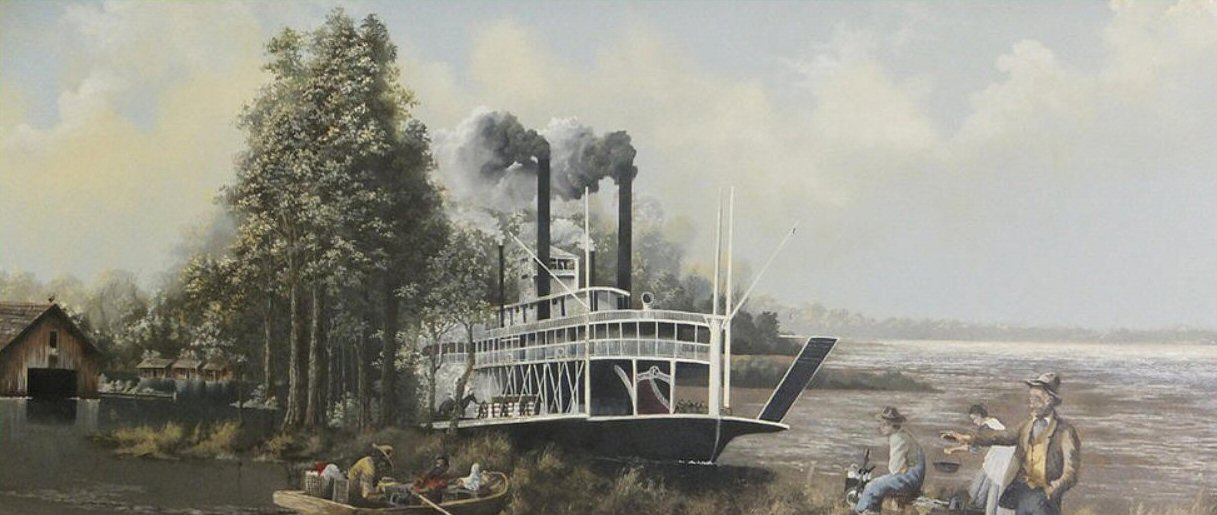
HIGH WATER EXPERIENCE
LEVEE HISTORY
HIGH WATER EXPERIENCE
From 1886 to 1890 there were high water periods, but the floods were not major in scope. After the high water of 1886, Dabney began an intensive program of levee enlargement and repair. High water in 1887 and 1888 caused some alarm and created some inconvenience, but the levee engineers and contractors learned some valuable lessons from these experiences.
Levee officials on the east bank were also carefully watching levee building efforts on the Arkansas shore. They knew that the work just across the river would affect their own efforts since water that previously had spread out over Arkansas lowlands would be confined between the levees then taking shape on both sides simultaneously. It was an accepted fact that levees would have to be built higher, on both sides, once the levee system was in place. The annual river rises were studied so that "educated guesses" could be made.
The high water of 1897 was responsible for the crevasse which flooded much of the North Delta at Flower Lake in Tunica County. It also was regarded as the first flood which could accurately indicate the maximum high water following the closing of the St. Francis and White River Basins on the Arkansas side, opposite the district.
With the 1897 experience behind him, Dabney felt more confident in preparing grades for what he regarded as a completed system. There was another major flood in 1903 which tended to affirm calculations Dabney had made in 1901, so he proceeded to raise the levees in the upper Delta to a grade two feet above the high water mark for a completely "levied" basin.
Following the flooding of 1903 Dabney also ordered about 25 sub-levees built in areas where seepage was severe, and after the floods of 1912 and 1913, he expanded this system of sub-levees considerably.
As Chief Engineer and later as Consulting Engineer, Dabney devoted almost 40 years to the work of safeguarding the Delta against floods. At the start of his career, he established high standards for the district, and the YMD Levee Board has retained them over the years.
The floods of 1912 and 1913 were devastating in many areas and revived public clamor for federal supervision of flood control. In 1917, Congress passed historic legislation which provided that the U.S. government, working through the Corps of Engineers, would build the levees if local districts would provide one-third of the cost and secure rights-of-way. The era of contracting for levee construction—except with the federal government—then all but ended.



